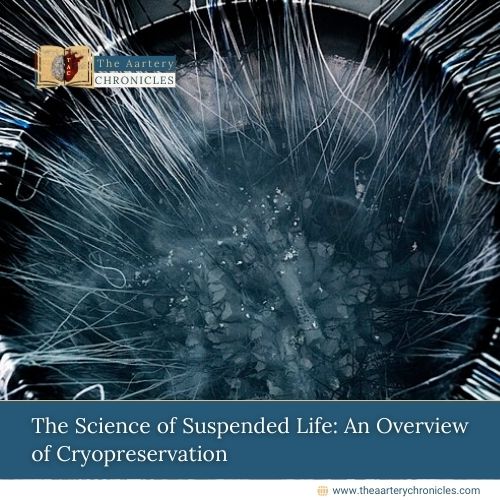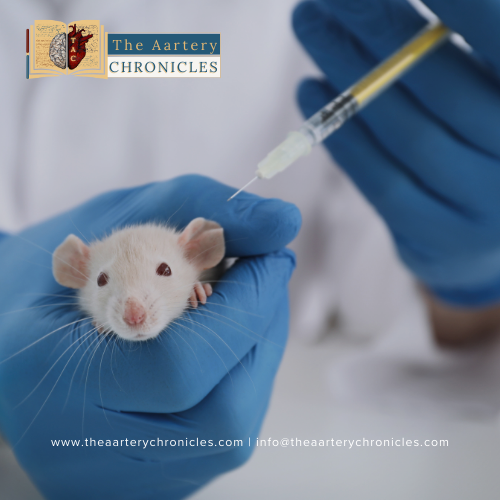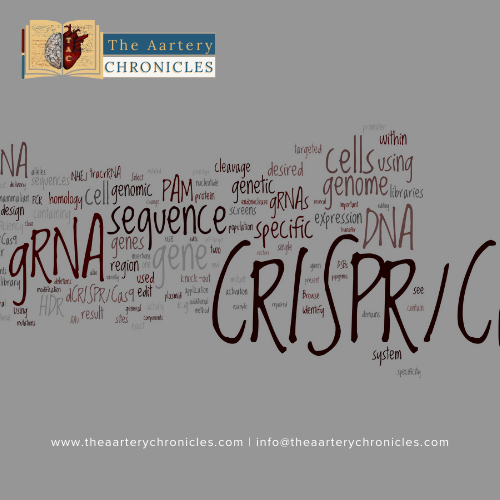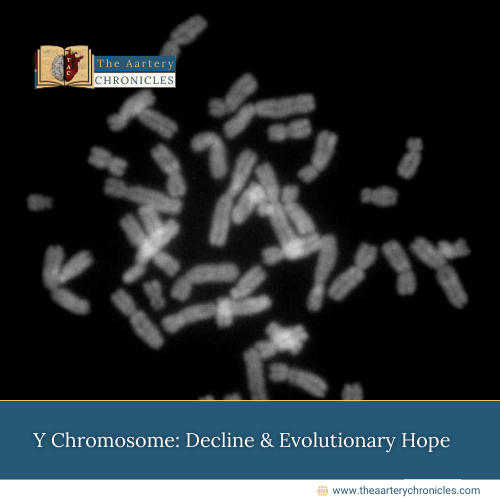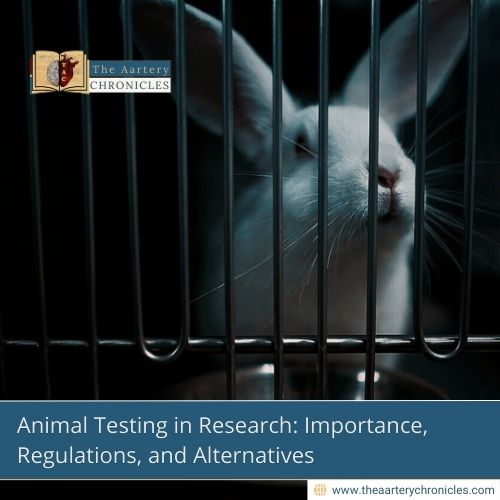
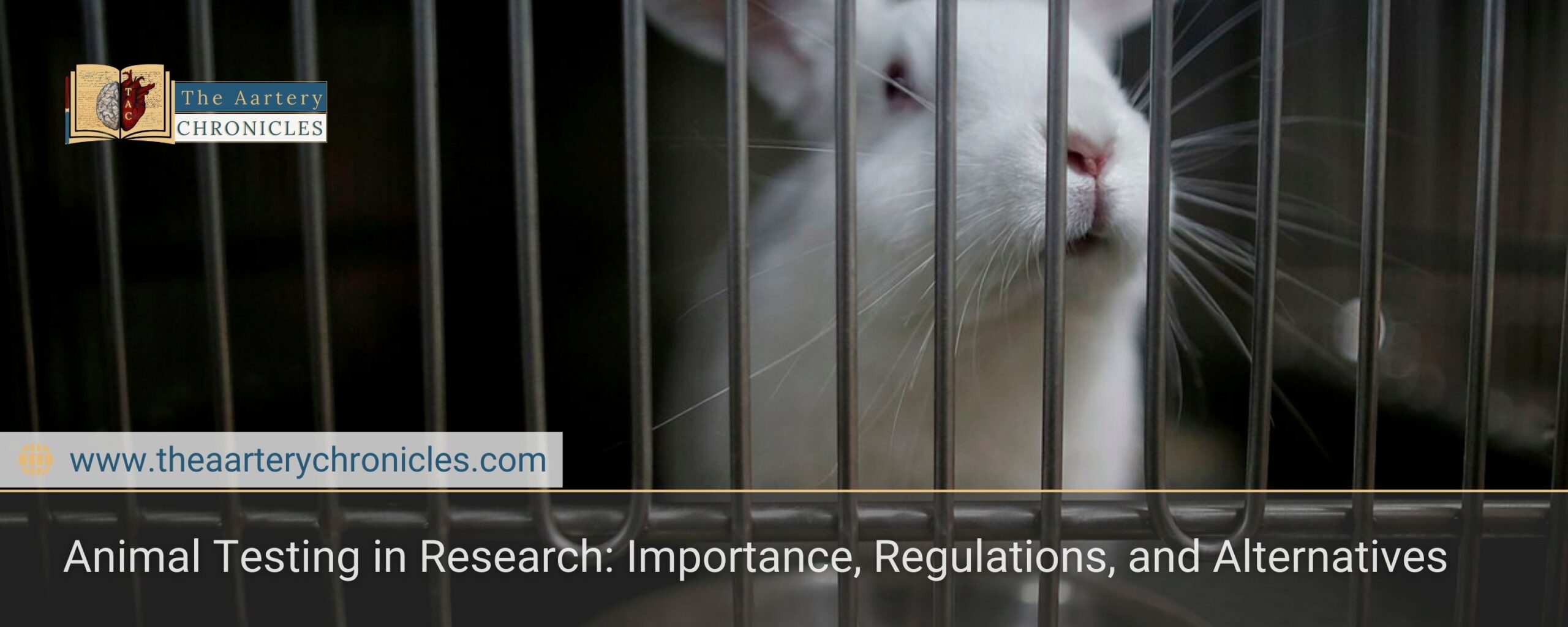
Animal Testing in Research: Importance, Regulations, and Alternatives
What is animal Testing?
Animal testing, in vivo testing, animal experimentation, or animal research can be defined as using non-humans, such as vertebrates and non-vertebrates, organisms, or animals, for scientific experimentation, the search for solutions for the benefit of mankind, and the pursuit of knowledge. [1]
Animal testing comprises several procedures that involve subjecting live animals to various forms of experiments:
- Analysing the safety and efficacy of chemicals and pharmaceuticals
- Carrying out behavioral studies for analysing neurological functions
- Investigation of potential treatments and disease processes
Animal Testing: Tracing the Origins
The history of Biomedical research is highly influenced by animal testing. The early Greek physician-scientists such as Erasistratus (304–258 BC) and, Aristotle (384–322 BC) performed experiments on live animals. Similarly, a Greek physician named Galen (129 – 199 / 217 AD), carried out experiments for advancements in the areas of pharmacology, anatomy, pathology, and physiology. [2] Since there was a taboo surrounding the dissections of humans, ancient Greek physicians used animals for anatomical studies, and many notable physicians from that time performed “vivisections” [3]
William Harvey (1578–1657) was the most notable among the 17th-century physicians who used animals. His work, Exercitatio Anatomica de Motu Cordis et Sanguinis in Animalibus provided the most accurate description of blood circulation and heart functions of that time. [3]
Rodents as animal models
Animal testing has been ethically debated and raged since the 17th century. In recent decades it has been heavily criticised by animal rights and animal protection groups. [2] As the opposition to animal use grew, antivivisectionists emphasised banning the use of dogs and other animals. Later there was an emergence of the use of rodent species as animal models for research. [3]
Rodents were seen as despicable creatures hence less worthy of ethical considerations this deemed their utilization in research more acceptable. Rodent species have several advantages, such as:
- Size: Rodent species are small, cheap to house and are easy to handle
- Rodent species have resistance to successive inbreeding, a rapid rate of reproduction and a short lifespan. [3]
The first rodent species used for research purposes was the Domesticated rats (Rattus norvegicus). They have been used in research since 1828 but have become a popular model in the 20th century. The shift happened with the development of the first standardized rat strain, the Wistar Rat, in the year 1909. Today about half of the lab rats are believed to be descended from these. [3]
Further in 1980 the first transgenic mouse was developed by John Gordon and Franck Ruddle. In the year 2002, the mouse became the second mammal after humans to have its entire genome sequenced. [3]
Incidents highlighting the importance of animal testing
The testing of drugs using animals gained importance in the twentieth century. Two of the major incidents that highlighted the importance of animal testing:
- In the year 1937 a pharmaceutical company developed ‘Elixir Sulfanilamide’ which was prepared using Diethylene Glycol which is poisonous to humans but the company’s chief pharmacist and chemist was unaware. This preparation resulted in mass poisoning. With no animal tests conducted public outcry led to the passing of the 1938 Federal Food, Drug, and Cosmetic Act that mandated drug safety tests on animals before marketing. [2]
- Another such incident was the use of thalidomide by pregnant women for morning sickness as it showed a suppressing effect on it. As a result of this more than 10,000 children in 46 countries were born with missing limbs and malformations. [2]
These incidents illustrate the harm of the use of substances that are not tested on animals and significantly highlight the importance of animal experiments to prevent human tragedy.
Animal Testing and Regulations
As per the estimations, around 100 million vertebrates from zebrafish to primates (non-human) are used all over the world. Similarly, invertebrates such as Drosophila, and earthworms are also used for experimental studies. [1]
The UK was the first country to implement regulations and restrictions on animals for research purposes. The Cruelty to Animals Act was passed in 1876 which considered it an offence to perform experiments on a living animal, causing pain unless for research, life-saving, or reducing suffering.[5]
Majority of the animal testing across the world is strictly regulated by global regulatory guidelines or guidelines of the respective country-specific guidelines. These guidelines set key standards for the humane use of animals for experimentation, training, biological research, and other uses. The regulations require limiting or minimizing animal harm through the 3 Rs: Reduction, Refinement, and Replacement. [1] [5]
These 3Rs are the principles that guide animal experimentation and were conceived by Russell and Burch in the book The Principles of Humane Experimental Technique. [4]
Reduction: Refers to the use of methods that allow researchers to get the same amount of useful data with fewer animals, or to get even more data without increasing the number of animals used.
Refinement: This involves improving experimental procedures and animal care to minimize any pain, suffering, or distress experienced by the animals.
Replacement: Replacement implies prioritizing the use of non-animal methods over animal methods whenever it is possible to achieve the same research goals. [1] [5]
Alternatives to animal testing
Over the last decade, advancements have been going on to reduce the reliance on animal models for certain types of studies. Some recent advanced methods or ‘New Approach methodologies’ offer complementary approaches to traditional animal models. [6]
Types of alternative methods:
- In chemico: Involves experimentation revolving around biological molecules including DNA and proteins.
- In Silico: Using computational platforms, mathematical modelling, and simulation techniques to understand biological processes.
- Invitro: Includes experiments conducted on cells outside the body, such as several cell types, tissue culture techniques and organoids. [6]
Conclusion
Animal Testing has significantly influenced scientific knowledge and medical breakthroughs. From understanding diseases, biological processes to ensuring drug safety, animal testing has played a pivotal role. While there have been numerous controversies and ethical considerations regarding animal usage, regulations like he 3Rs aim to minimize animal harm and promote humane practices. Also, advancements in alternatives to animal testing offer promising potential to reduce reliance on animal models.
- Alternative animal toxicity testing and biomarkers
- Animal Testing and Medicine
- Animal Experiments in Biomedical Research: A Historical Perspective
- Animal Research Regulation: Improving Decision-Making and Adopting a Transparent System to Address Concerns around Approval Rate of Experiments
- Legislation & Regulation In The UK & Europe
- Alternatives to Animal Testing

TAC Desk
Reviewed by Dr Aarti Nehra, MBBS, MMST

